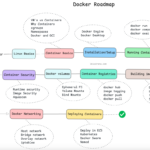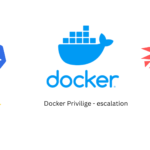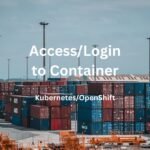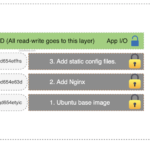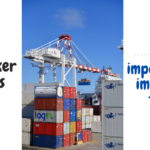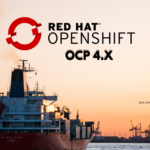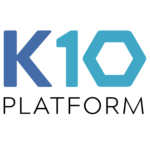Recent studies paint a concerning picture of Kubernetes security. A 2023 report in InfoSecurity Magazine reveals that security breaches affect 59% of organizations using Kubernetes. IBM’s research shows the average cost of data breaches hit $4.88 million in 2022, making Kubernetes security practices more significant than ever. Kubernetes now powers critical business applications and handles […]
Docker
How to Create a Dockerfile to Run a Container Indefinitely with sleep infinity
If you’re working with Docker and need a container that runs indefinitely without any predefined tasks, using the sleep infinity command is a simple and effective approach. This article will walk you through creating a minimal Dockerfile that ensures your container stays active indefinitely. Why Use sleep infinity in Docker? By default, Docker containers stop […]
Docker Roadmap for Beginners
Docker is a platform that enables developers to package applications and their dependencies into lightweight, portable containers. Containers ensure consistency across development, testing, and production environments, making Docker a fundamental tool in modern DevOps workflows. This roadmap will help you learn Docker step-by-step and build a solid foundation as a beginner. Why Learn Docker? • […]
How to get root access on the docker host filesystem?
How to gain root access to the host filesystem in a Docker environment when you don’t have root or “sudo” privileges on the host? Since many Kubernetes systems still run on Docker and a transition to Podman is ongoing, this article provides a solution to allow access to the host filesystem with root privileges from […]
Kubernetes – How to cleanup the failed pods from all namespaces ?
In the Kubernetes environment, we could often see that pods might fail due to various reasons. Most of the time, it could be related to config issues or capacity-related issues. In such conditions, you could see the pod status could be “pending”, “Crashloopbackoff”, “evicted”, “Failed”, “ContainerCannotRun”, “Error”, “ContainerCreating” etc. As a DevOps engineer, you need […]
How to login to Docker Container/Pods ? Kubernetes/OpenShift
Container is a lightweight, standalone, and executable package of software that includes everything needed to run a piece of software, including the code, a runtime, system tools, libraries, and settings. containers are built from images, which are essentially snapshots of a container at a specific point in time. Docker is most widely used container solution […]
How to build a docker image using Dockerfile?
In this article, I will walk you through the various methods of building docker images and updating the existing image. Docker has played a major role in the microservice revolution. In today’s world, all the new application development targets the container environment to speed up the release cycle. In the containerized environment, changes are frequently […]
How to export the docker image as tarball ? Is it possible to import it without a repository?
How do I transfer a Docker image from one machine to another one without using a repository? Is the repository is mandatory to transfer the image between hosts? No. We can simply save the docker image as a tarball and transfer it to the remote host. You can import the docker image from the tar […]
OpenShift 4.x – Single node cluster setup using RedHat CRC
How to set up Red Hat Openshift 4.x in Desktop/Laptop? Are you looking for a cost-effective solution to get the OCP 4.x lab environment? If yes, then this article is for you. Kubernetes is growing at a rapid pace and organizations are started using microservices more and more. When it comes to Kubernetes, Openshift stands […]
Kubernetes Backup – Kasten K10 Test drive
The Kubernetes platform is fundamentally different from earlier compute infrastructures and IaaS. In Kubernetes, there is no mapping of applications to servers or VMs. so the backup solution needs to understand this Kubernetes-native architectural pattern, and be able to deal with continuous change. High-velocity application development and deployment cycles are the norms in Kubernetes environments. […]


